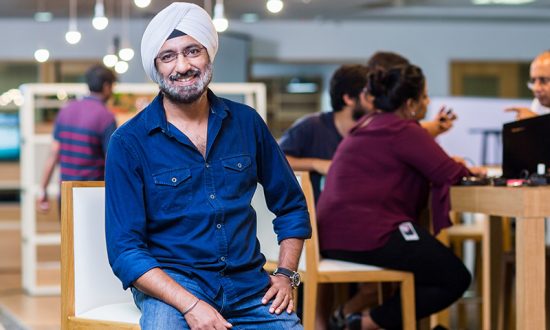Ather Energy began in 2013 as an idea being nurtured by Tarun Mehta and Swapnil Jain at the IIT Madras Incubation Centre. Since then there has been no looking back for Ather Energy. “We have evolved from a small startup to the maker of one of the highest-selling EV manufacturers in the country and the journey for us has been incredibly satisfying,” says Ravneet Phokela, Chief Business Officer, Ather Energy. Ravneet has been with Ather since 2015. In an email interaction with CXO Outlook, Raveneet shares a few crucial things that Ather did differently to become the poster-boy of intelligent electric scooters in India.
The COVID-19 pandemic is undeniably affecting industries across the globe. How is it going to impact the automobile industry in India, especially the electric vehicle manufacturing segment and the production and sales of Ather?
The lockdown has undoubtedly disrupted the local supply chains and manufacturing and has also impacted demand in the short term. But it’s essential to keep the medium-long period in perspective and not let the short term issues affect the strategic direction more than they need to. This disruption will have a strong impact over the next 2-3 quarters, post which we should begin to see the industry starting to get back to pre-COVID levels. In the immediate future, there is an opportunity to experiment with new ownership and finance models, given the squeeze in people’s disposable incomes. The fundamental need for mobility hasn’t gone away. If anything, people for whom public transport, ride-share and so on was their primary mode of transportation, will now be open to personal mobility. That is great for the automobile industry. The impact on EVs will probably be lower than it will be on ICE vehicles. There are two key segments in EVs today – one that is looking at EVs purely from a TCO perspective, and the other that sees EVs as the future of automobiles, and technologically superior. For the first, the challenging economic environment makes the case more vital to go for EVs. The second segment is skewed towards the premium end of the market and relatively less vulnerable to the economic environment.
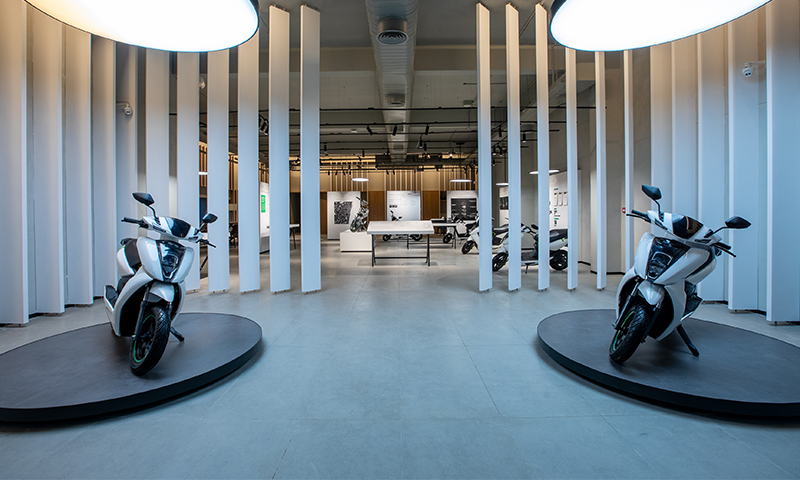
Our new markets foray, and the launch of our new product was planned for Q3 this year; this period was the planning and building phase for that. To that extent, the timing of this unfortunate pandemic hasn’t hit us as hard as it could have. We have used the time to refine our expansion plan and get the ball rolling on our go-to-market strategies. We have also been working very actively with our supplier partners to ensure minimal disruption in the supply chain so that we could hit the ground running when the lockdown is lifted.
Although many startups tried to build electric scooters in India, none of them has been booming like Ather Energy. What did you do differently at Ather?
In addition to building a strong product, I’d say there are two things that we did differently. The first was not to take the easy route of importing and assembling but investing in building core technology. This allowed us to create a deeply integrated technology platform on which we have full control. It has a profound impact on a variety of things such as cost structures, the seamlessness of consumer experience, ability to do rapid variants and many more. The second is that we chose to build an ecosystem focused on delivering a frictionless consumer experience, beyond the physical product – the experience centre, a completely digital consumer buying journey, an integrated fintech platform on our website with innovative finance and ownership models, home charging solutions, the public fast-public charging infrastructure, an integrated app for scooter management, doorstep service and many more. This end-to-end experience is what consumers love.
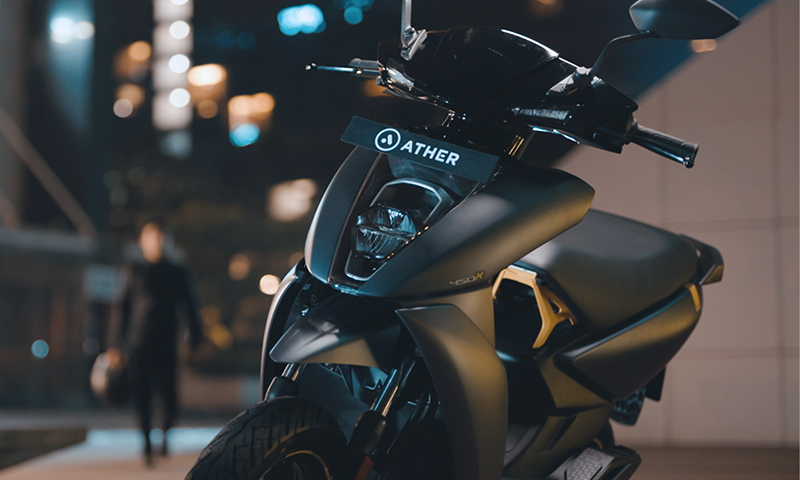
Tell us about the founding story of Ather. What were the significant challenges you faced as a product company, and how did you overcome those challenges?
Ather began in 2013 as an idea being nurtured by Tarun and Swapnil at the IIT Madras Incubation Centre. It first became real for us when Sachin and Binny Bansal came on board as angel investors, and we moved to Bangalore. That was in early 2015, and that’s when the growth momentum began. I was fortunate to be one of the early joiners, and have been on board since 2015. What’s been remarkable is that the vision for the product was crystal clear from the very beginning – whether it’s the technology, the specs or the design. The product that’s out in the market today is very close to what was on paper five years back. It’s this clarity of thought and the courage to back our instinct that’s led us to build what we have. Along the way, we were fortunate to have great investors in Tiger Global, Hero MotoCorp and Sachin Bansal, who came back with a more considerable investment.
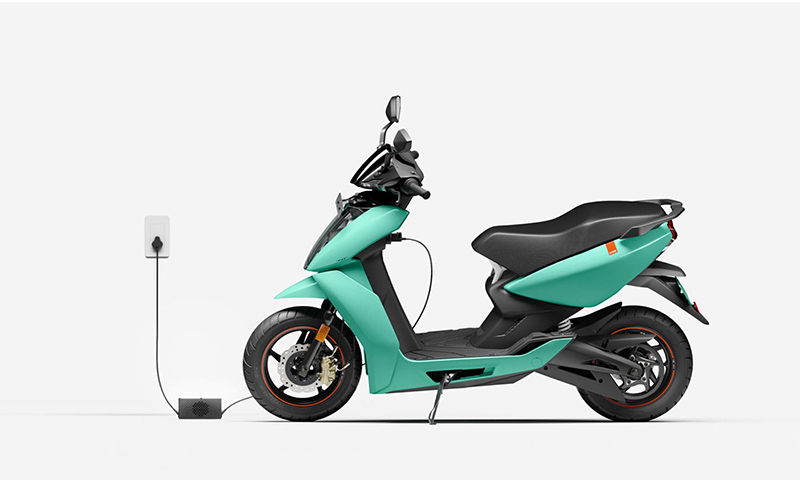
As a product company, there have been different challenges at different stages. One of the early challenges that we faced was getting the right talent to build what we wanted to. India has an incredible pool of talented engineers, but we don’t have a strong product development ethos of building products from scratch. Therefore, people with that skillset and bent of mind tended to move overseas. The fact that EVs and connected vehicles were nascent industries didn’t help matters. We decided that if we couldn’t find people with the previous experience, we would hire those with the right skillset and attitude and groom them. In hindsight, that proved to be a great move because these folks came with no baggage of what standard industry practice was, and no previous experience that led them to say ‘this can’t be done’. They just saw the problem and got down to solving it, and that allowed us to build this powerful platform and ecosystem that we have created.
The second big challenge was building the supply chain. Since the vehicle was designed from scratch, we couldn’t use off-the-shelf parts. We had to find vendor partners who would believe in us and our vision, and be willing to invest upfront to build what we wanted them to. For the most part, most of these vendor partners were making these parts for the first time, and they had their learning curve to go through. It took us a long time and multiple iterations to get this piece right and build the strong supply chain that we today have.
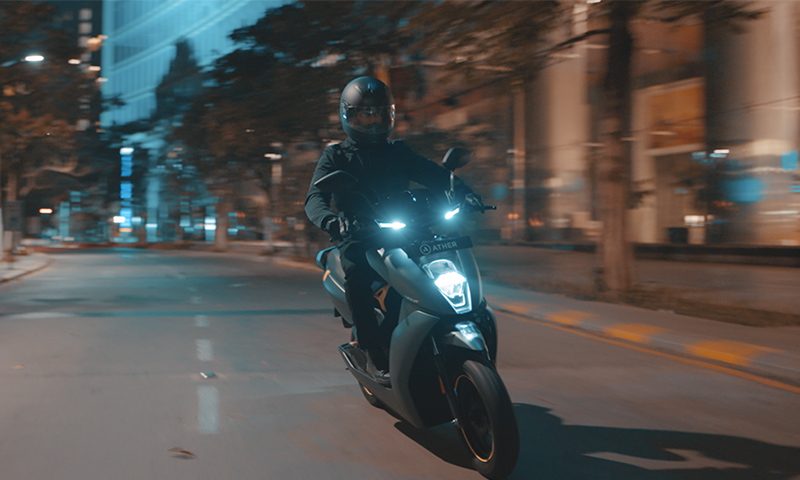
Is the lack of awareness about electric two-wheelers still a major hurdle in the growth of Indian electric scooters and motorcycles market? How is Ather trying to make awareness in the market?
It isn’t as much about awareness as the major hurdle is about the lack of credible product options for consumers. That doesn’t mean that EVs have reached the awareness level that is required. However, even with the awareness that exists, the sales are not in line with that. This would suggest that merely increasing awareness isn’t going to solve the problem. The problem lies elsewhere. It’s about consumers having a portfolio of strong products to choose from, that would be legitimate replacements for ICE vehicles. Until that happens, the market will not take off.
At Ather, more than just driving awareness of EVs, we are focused on busting some myths that exist around EVs. For example, many people believe that EVs are inherently slow and sluggish – and we rolled out the Ather 450X which is to the best of my knowledge, the quickest scooter in India (0-40 kmph in 3.3 seconds). We spend a lot of our Energy in consumer education around issues such as battery life, the value of connected vehicles, concepts such as remote diagnostics etc. As a leader and an early entrant, we believe it’s our responsibility to educate the market. We have a highly engaged community who we engage with through in-person Open Houses, the forum on our website, blogs, emails, social media etc.
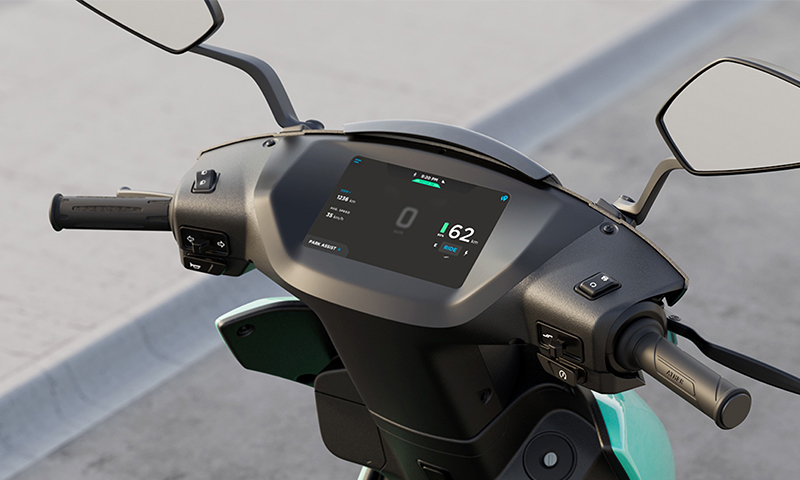
Leadership is not going to be easy in the coming days. What has your approach been, and what are your plans?
The recent developments have been a setback for the entire industry, and we are no exception to it. However, the impact on sales doesn’t mean that the factors that made us a leading player have changed. Our ecosystem approach, the frictionless consumer journey, the best-in-class product, the innovative ownership plans – these are critical elements of our strategy, and that’s what our customers love us for. The current crisis hasn’t changed that, and we continue to stay focused on this path.
We have used this lockdown phase to plan our entry in 8 new markets, and also to work out our operations and manufacturing strategy – given that we will soon be transitioning to a new, much bigger manufacturing facility. Meanwhile, we have re-started our retail and vehicle service operations in Bangalore and Chennai and are slowly inching to full capacity.
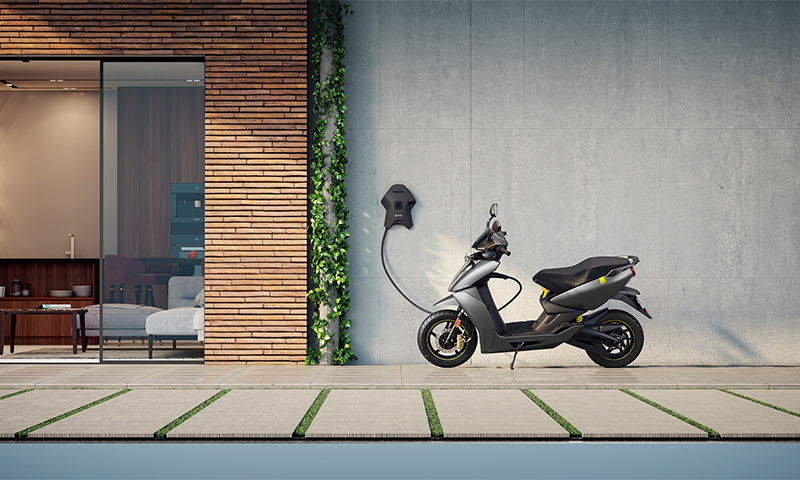
Tell us about the work culture at Ather Energy. How do you inspire them to come up with innovative ideas?
For us, culture is something that we are obsessed with. We have always believed that if we have to actualise our potential as individuals and as an organisation, it is critical that we discover, define and actively drive the culture that is right for who we are and what we want to achieve. It’s so easy to ignore this aspect of organisation development when you are a young startup. Still, for us, it was important enough for us to focus on it amid all the pressure and chaos that comes with launching your first product.
Instead of a top-down, we took a bottom-up approach. We spoke to people across demographics – age, tenure, experience, gender, exploring different arrangements – one on ones with leaders, dyads, triads, groups. Across the length and breadth of the organisation, we collected thoughts, ideas, and aspirations. Lessons learnt and unlearnt. We tried to truly understand what exactly is it that makes us tick, what is the value system that binds us, what makes this place so unique for us. We also looked at cultural traits that might not be prevalent but would be vital for us to succeed.
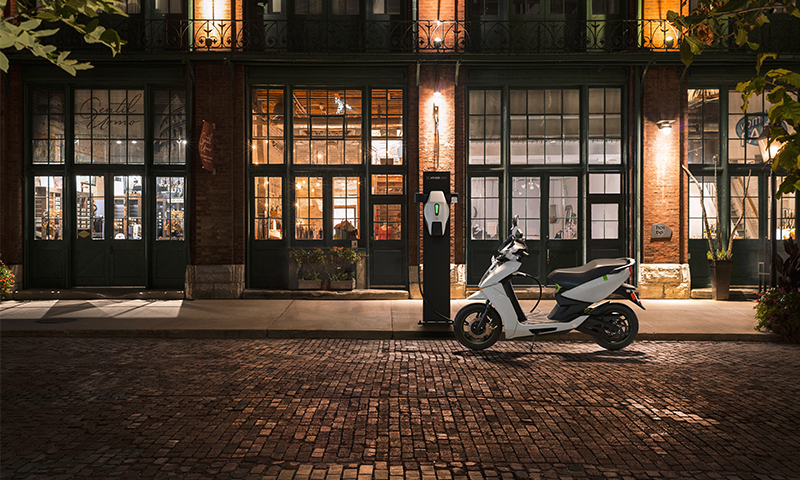
A synthesis of all of the above led to ‘Think As A Species’ – our secret sauce. What we hold sacrosanct and inviolable today was rooted in the assumptions and beliefs of our very own people and emerged from their minds and expressions.
The values that make up our culture “Think As A Species” are:
- Know Your True North: this is about knowing what the ultimate goal is and staying true to that.
- Move Fast And Don’t Break Things: moving fast but not in a hacky manner.
- None Of Us Is As Smart As All of Us: the power of collaboration and being a part of the solution.
- Always Be Closing: focusing on closure.
- Be Nice: this is about listening with an open mind and trusting by default.
What this translates to is an open, non-threatening culture that allows people to express themselves through their work. It’s a culture where it is perfectly ok to make mistakes and learn from them. It’s also ok to say that you have a strong instinct about something, but you don’t have the answer yet and need time to get to it. It’s a culture where there is no pressure to stick to a decision just because you would look silly if you changed your mind. All this creates an environment where people are not nervous about trying new things, taking on audacious challenges, or signing up for things that they have no idea about how to get them done.
Growth usually is accompanied by some awkward stumbles. What sort of mistakes have you made as Ather has grown? What was your most unexpected lesson in leading for growth?
We’ve had our share of stumbles. We were grossly underestimating the time required to take the prototype into commercial production; underestimating the complexities of setting up the supply chain; introducing an innovative battery subscription model but complicating the messaging so much that most people didn’t understand it at all. These are some of the bigger stumbles that I can think of.
The big learnings that we’ve had from our mistakes are – accepting wholeheartedly the moment you know you’ve made a mistake, and being brutally honest in communicating it, whether it’s internally or to customers. It is this honesty and transparency that build trust and enables us to move on very quickly from our mistakes.
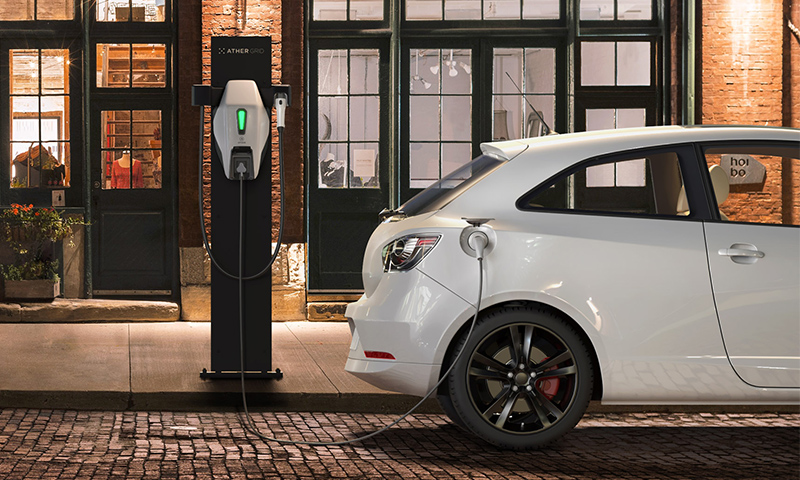
Could you tell us more about significant milestones Ather Energy has achieved? What has been your favourite one? Why?
There have been so many big milestones – the unveiling of Ather 450 in 2016, to the eventual market launch, setting up of our experience centres, our manufacturing unit going live, the charging infrastructure being set up, the unveiling of the Ather 450X etc. Lots to be happy about. But what’s been most gratifying is the consumer love that we have been able to build and the special bond that our consumers share with us. A great manifestation of this was the launch of the Ather 450 in Chennai.
When we announced the fact that we’d be launching in Chennai, a few of our Bangalore consumers expressed interest to be there for the launch event – which we obviously were fine with. What began as a few customers very soon gathered momentum in our owners’ community and eventually, on the weekend when we launched in Chennai, over 50 owners showed up there – some of them with their spouses. Forty-seven of them even handed over their scooters to us in Bangalore, for us to take them to Chennai where we did an owners’ ride. It was not a fancy holiday. All of them travelled to Chennai on a bus or an overnight train and stayed at a standard business hotel. The weekend was four back-to-back consumer events. They spent their entire weekend at these events, talking to new Chennai consumers, evangelising the product and doing a better sell-job for the product and the company than any of us employees could have done. In my entire career, I haven’t seen too many examples of this kind of consumer love, that too for a brand as young as ours.
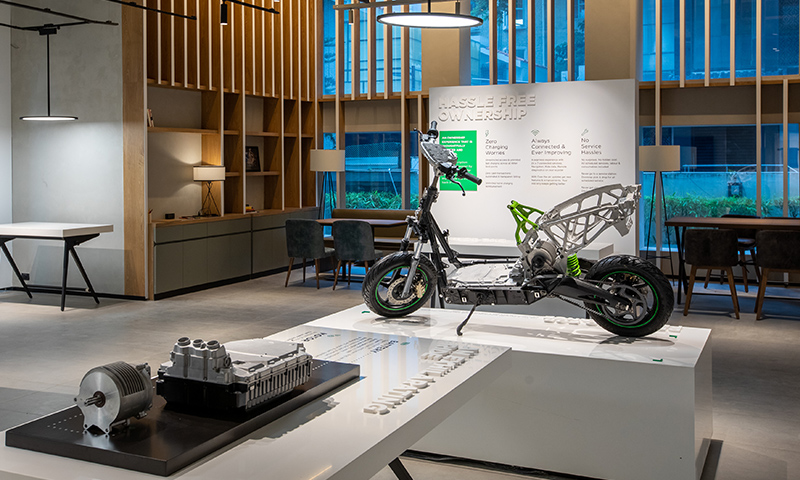
What are some of the most innovative technologies in electric vehicles right now? What are the key trends of this sector to follow in 2020?
Electric vehicles are adopting IoT technology; building product lines that are built around the benefits of connectivity and technology features. The EV industry will lead the move to a technology-backed shift in personal commute – from AI-enabled vehicle personalisation, predictive maintenance, regular feature updates leading to shorter model cycles. Vehicles built on connected technology also allows for new business models – new ownership models that encompass everyday subscription-based ownership, usage-based models etc.
Everything is going digital, and the lockdown has propelled that movement forward, and brands are having to invest in an omnichannel experience. Consumers will witness new retail experiences coming their way, more personalised digital content, AR/VR enabled immersive shopping, smaller physical retail stores, replaced with more pop-up experiences. Brands are investing in a new digital consumer journey, replicating their in-store brand experience on their websites and apps. The use of videos, 3D models and consumer testimonials will take more prevalence.
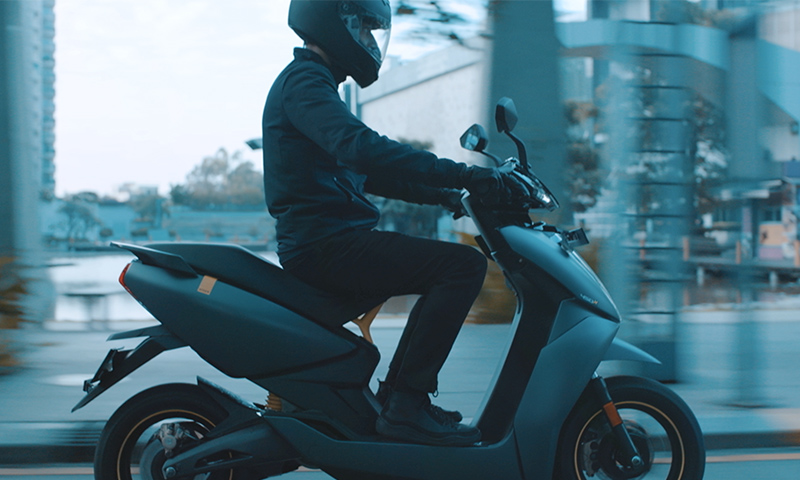
What would be the future of the electric vehicle market from now? What is some advice that you have for startups that are emerging in this space?
India rides on 2-wheelers and therefore, the future of EV in India is going to be led by 2-wheelers. A recent study shows that there is a jump in EV sales in India for the year 2019-20. While a 20% increase in EV sales is a healthy jump, we believe it doesn’t reflect the massive growth potential of the EV market, especially e2w. The demand will always be there, but it needs strong, well-performing products that are viable alternatives to ICE vehicles to unlock it. With mainstream brands entering the market and smaller brands introducing high-performance products, consumers now have multiple options to choose from, which will help address demand.
My advice to startups in this space would be to not approach the market opportunistically just because they see demand growing. It’s very tempting to jump into it, launch a product, and get some revenues going. But unless you are clear about what your moat is – it could be the product, technology, business model or something else – you will find it very difficult to stay relevant in the long run. If you are not clear, it’s unlikely that you will be able to build a defensible position, and you will eventually find it challenging to survive profitably. Take your time, understand what your game is, and commit to it. If you are looking to make quick money, there are easier ways to do it than getting into the automobile business.
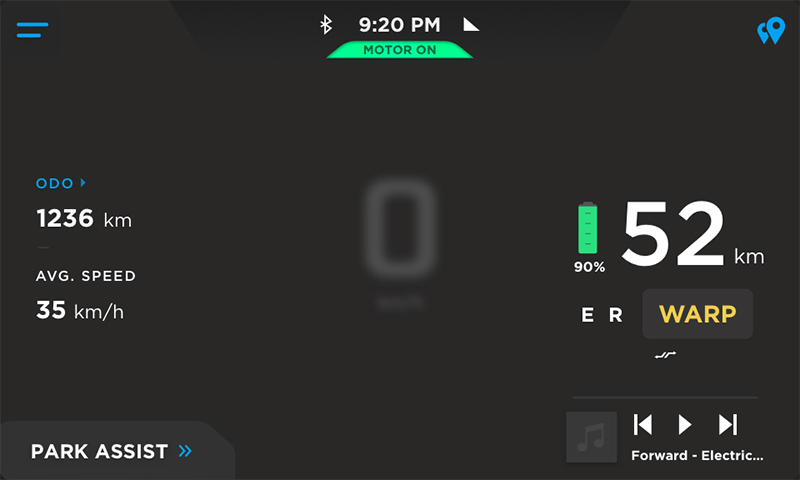
Tell us about your plans for Ather. What are your short-term and long-term goals?
The next three years are about expansion and scale. This year, we add eight new markets to the existing 2, and the following year we add another 12-14 cities. Over the next three years, we expect to be in about 40 markets. We are also ramping up our manufacturing, having recently signed an MOU with the TN government for a new manufacturing facility. That facility has the potential to take us to about half a million units annually. In parallel, we will also look at international opportunities. We have received tremendous in-bound interest across Latin America, Europe and SE Asia, and we will explore these opportunities over the next couple of years. Exciting times ahead.


